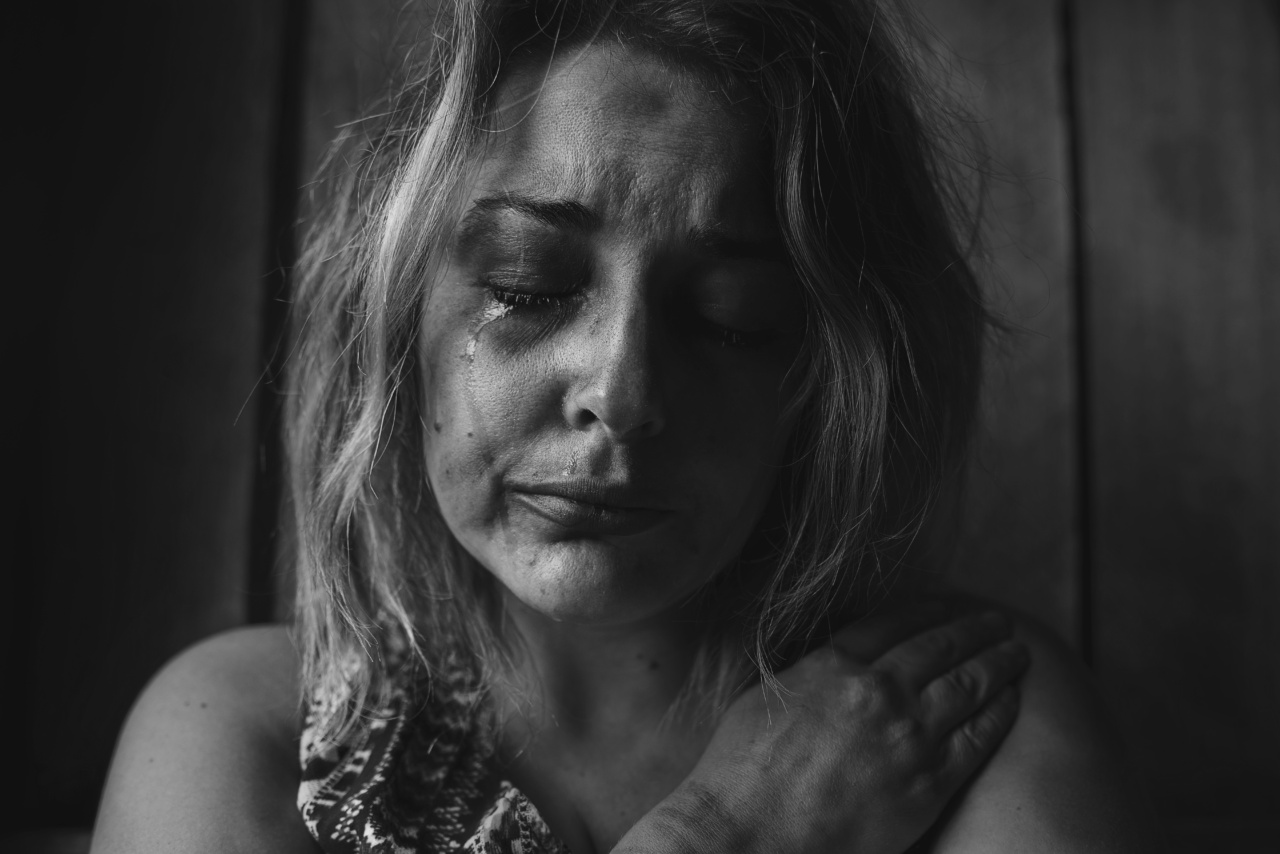The death of Robin Williams on August 11, 2014, shook the world. The legendary actor and comedian was known for his larger-than-life personality and his ability to make people laugh.
However, when news broke that he had taken his own life, it sent shockwaves across the globe. In the weeks and months that followed, a phenomenon known as the “Robin Williams effect” emerged, which saw a rise in suicides following his death.
What is the “Robin Williams effect”?
The “Robin Williams effect” refers to the increase in suicides that occurred after the actor’s death. Studies have shown that there is often a spike in suicides following a high-profile suicide in the media.
This phenomenon has been observed after the deaths of other celebrities, such as Marilyn Monroe and Kurt Cobain. The idea is that these deaths can inspire people who are struggling with mental health issues to take their own lives.
The impact of Robin Williams’ death
Robin Williams’ death was particularly impactful because of the way in which he died.
It was widely reported that he had been struggling with depression and anxiety for years, and that he had been diagnosed with Parkinson’s disease prior to his death. The fact that someone as successful and beloved as Williams could still be struggling with mental health issues was a stark reminder of the pervasiveness of mental illness.
Additionally, many people felt a personal connection to Williams. His work had been a source of comfort and entertainment for millions of people over the years. His characters were often quirky and irreverent, but they were also relatable.
For many fans, Williams felt like a friend or a family member. So when he died, it was as if they had lost someone close to them.
The rise in suicides
Following Robin Williams’ death, there was a noticeable increase in suicides. According to a study published in the journal PLOS ONE in 2018, there was a 10% increase in suicides in the months following his death.
The study looked at data from the National Vital Statistics System and compared the number of suicides that occurred between August 12 and December 31, 2014, to the number of suicides that occurred during the same period in the four years prior.
The increase was particularly pronounced among men, who saw a 14.3% increase in suicides. The increase was also higher in regions with higher levels of media coverage of Williams’ death.
For example, in the Western US, where Williams had lived for many years, the increase in suicides was more than double that of other regions.
Why does the “Robin Williams effect” happen?
There is no one answer to why the “Robin Williams effect” occurs. However, researchers have offered several hypotheses. One is that suicide contagion, or the idea that suicides can spread through social networks, may play a role.
When a high-profile suicide occurs, it can create a feeling of identification among vulnerable individuals who see themselves in the person who died.
Another possibility is the role of media coverage. When a suicide receives extensive coverage in the media, it can create a sort of “social proof” that suicide is an acceptable or even desirable option.
This is why suicide prevention experts often recommend that the media avoid sensationalizing suicides and instead focus on prevention and support.
Preventing suicide after a celebrity death
It is difficult to know exactly how to prevent the “Robin Williams effect” from happening. However, suicide prevention experts have some recommendations that may help. One is to avoid sensationalizing suicides in the media.
This means avoiding graphic details about the death and focusing on prevention and support resources instead.
Another recommendation is to increase access to mental health resources. Many people who are struggling with mental health issues do not have access to affordable or convenient care.
By increasing access to mental health resources, we may be able to provide support to people who are struggling.
A third recommendation is to provide education about suicide prevention. Many people do not know how to recognize the signs of suicidal behavior or what to do if they or someone they know is in crisis.
By providing education about suicide prevention, we can help people identify warning signs and take appropriate action.
Conclusion
The “Robin Williams effect” highlights the impact that high-profile suicides can have on vulnerable individuals.
While there is no one solution to preventing suicide, we can take steps to reduce the likelihood that these deaths will lead to copycat suicides. By providing access to mental health care, educating people about suicide prevention, and avoiding sensationalizing suicides in the media, we can work towards reducing the prevalence of suicide in our society.






























